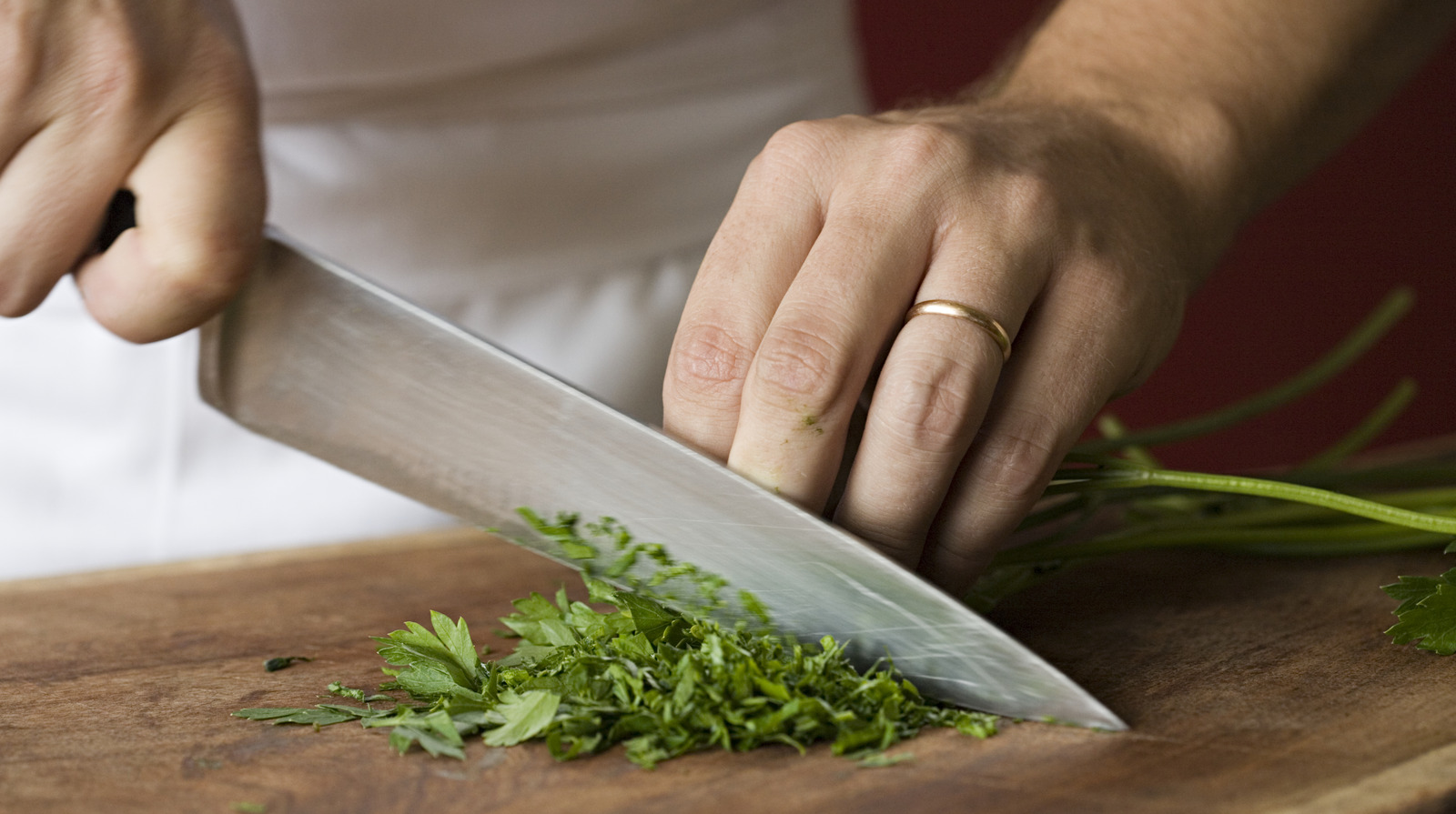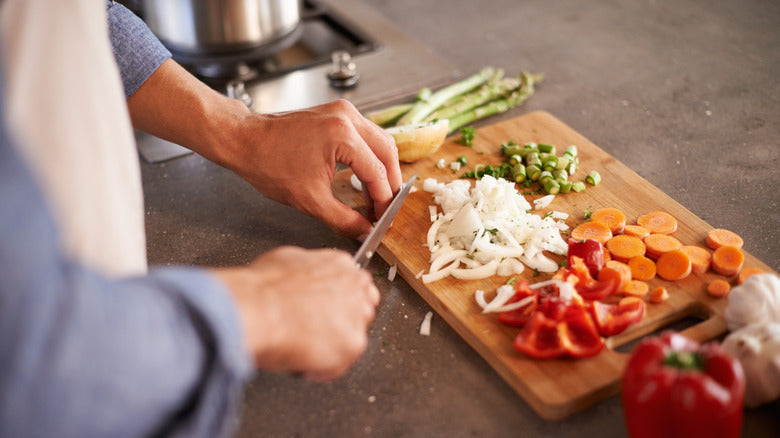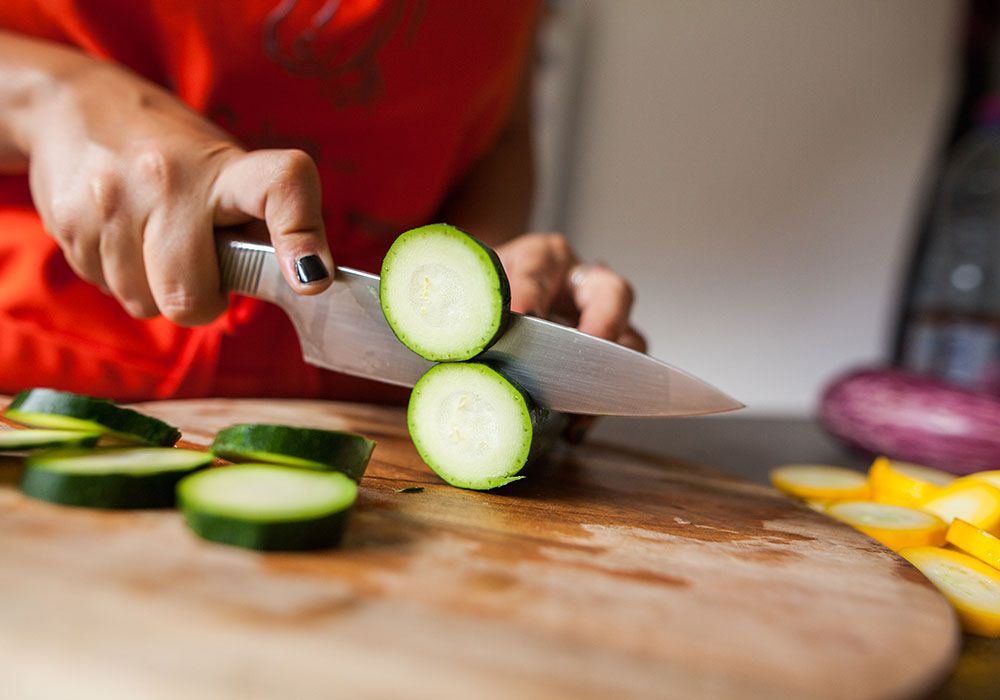When it comes to professional kitchens, every tool matters, and cutting boards often play an underrated yet essential role. If youre here wondering, what is a composite cutting board, you're not alone! This type of cutting board has garnered significant attention among chefs, culinary experts, and kitchen enthusiasts alike for its unique blend of durability, hygiene, and versatility.
In simple terms, a composite cutting board is made by binding natural fibers, like wood pulp or paper, with resin under high heat and pressure. The result? A board that looks and feels somewhat like wood but often surpasses it in performance in high-demand kitchen settings. Whether youre running a busy restaurant or simply a home cook looking for a reliable cutting surface, learning about how these boards stack up against traditional options is crucial.

Why Are Composite Cutting Boards So Popular?
Composite cutting boards have steadily taken their place in both professional and home kitchens, and there's a good reason for that. They boast a perfect mix of features that cater to the needs of the busiest kitchen. But what really makes them a go-to choice for top chefs and culinary professionals?
1. Unparalleled Durability
Unlike wood or plastic boards, composite boards are remarkably resilient. Their tightly pressed surfaces are designed to withstand deep knife marks, reducing the chances of blunting your chef's knifea concern kitchen professionals often grapple with.
Additionally, they resist warping, even after long exposure to water. This makes them perfect for rigorous use in high-turnover environments like restaurants. For tips on preserving the lifespan of your cutting board, check out this cleaning guide.
2. Hygienic and Easy to Maintain
Wood cutting boards might look beautiful, but they can be a headache to sanitize, especially if they have deep knife grooves that harbor bacteria. Composite materials resist bacterial buildup due to their non-porous surface, which both professional kitchens and home cooks appreciate.
Not sure how to maintain your cutting board to keep it pristine? Read more about proper sanitization techniques.
3. Environmentally Conscious Option
Many composite boards are made using recycled or sustainable materials, making them a more eco-friendly choice. For environmentally conscious chefs, this is a major advantage over traditional plastic cutting boards, which contribute to landfill waste.
4. Versatility in the Kitchen
Composite boards are designed to handle a variety of tasks, from dicing high-volume vegetables to butchering meat. Their versatility ensures that they fit seamlessly into diverse settings, from Michelin-starred kitchens to cozy restaurants and beyond.
Key Features of Composite Cutting Boards
To truly gauge the benefits of composite cutting boards, you need to understand their standout features. Heres what makes them so special:
- Resistance to Scratches: The firm surface of composite boards ensures minimal scratching and long-term reliability.
- Dishwasher-Safe: Many, though not all, composite boards are designed to withstand the heat and pressure of dishwashers.
- Heat Resistant: These boards can tolerate high heat, making them suitable for holding hot pots or pans directly from the stovetop.
- Knife-Friendly Surface: Although tough on exterior, they balance hardness with softness, ensuring your expensive knives don't dull prematurely.
How Do Composite Cutting Boards Differ from Other Types?
Now that we know what a composite cutting board is, lets compare it to other popular options like wood, plastic, and bamboo.
Wooden Cutting Boards
Wood is often hailed as the classic choice for cutting boards. While they bring exceptional aesthetics and a natural feel, they can be cumbersome to maintain. Regular cleaning and oiling are required to keep them in pristine condition. Composite boards bypass these requirements while retaining some of the warmth associated with wood.
Wondering how to care for wooden boards? Check out this brief guide on darkening wooden boards.
Plastic Cutting Boards
Plastic boards are inexpensive and lightweight but lack the durability and knife-friendliness of composite options. Furthermore, as they develop deep grooves, plastic boards tend to trap bacteria, making them a less hygienic choice over time.
Bamboo Cutting Boards
While eco-friendly, bamboo tends to be harder than knives themselves, causing premature dulling. On the contrary, composite boards offer a much better balance between durability and knife safety.
What to Look for When Choosing a Composite Cutting Board
Not all composite cutting boards are created equal. Heres a quick checklist to guide you through your purchase:
- Size: Choose the size that fits your countertop and meets your usage demands.
- Material Composition: Opt for high-quality materials with food-grade certification.
- Heat Resistance: If you often work with hot surfaces, this could be a key feature to consider.
- Ease of Maintenance: Look for options that are dishwasher-safe for added convenience.
- Brand Reputation: Stick to trusted brands with positive reviews.
Frequently Asked Questions
1. Are composite cutting boards safe for knives?
Yes, composite boards are knife-friendly. Though slightly harder than plastic, they are significantly gentler than bamboo and won't dull your knives prematurely.
2. Can I put a composite cutting board in the dishwasher?
Most composite boards are dishwasher-safe, but always check the manufacturers guidelines before washing them in such settings.
3. How long does a composite cutting board last?
With proper care, these durable boards can last several years, even in high-use settings like professional kitchens.

Final Thoughts
To summarize, what is a composite cutting board? Its a versatile, durable, knife-friendly, and low-maintenance option that meets the needs of professional kitchens as well as home cooks. Perfect for demanding, fast-paced environments, this cutting board type strikes the ideal balance between traditional aesthetics and modern convenience. If youre considering upgrading your kitchen tools, a composite cutting board could be a worthy investment.
For an in-depth understanding of cutting boards and their care, dont forget to check out this insightful article on cutting boards from Wikipedia.
This article contains affiliate links. We may earn a commission at no extra cost to you.






Leave a comment
This site is protected by hCaptcha and the hCaptcha Privacy Policy and Terms of Service apply.